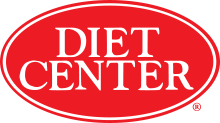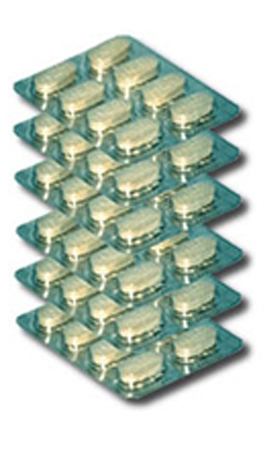How to Meet the Time Challenge
Time limitations pose some of the biggest challenges to eating nutritiously. You have too much to do and too little time in which to do it. Here are some of the symptoms of the time squeeze and how to deal with them.
Symptom: Skipping Meals
Beware! This behavior can be habit forming. It can damage your health and possibly your waistline. You'll eventually get hungry and pay the price later with sagging energy levels and the temptation to eat whatever is in sight. Since food is a basic instinct, it is almost impossible to beat the need to eat. Skipping meals also slows the metabolic rate, making it more difficult to lose weight. Eating all your calories at one meal overwhelms the body's need for fuel, forcing some of the excess to be stored as body fat.
Solutions:
- Don't go longer than 5 hours without eating. If you do, blood glucose levels will dip, leaving you feeling weak, fatigued and mentally sluggish. In this state, you're less steady physically and your ability to make decisions is reduced.
- Drink a glass of milk or juice as a kind of "mini-meal" that will give you important nutrients and energy.
- Try grazing--eating nutritious snacks--to get you through a busy day.
Symptom: Eating on the Run
As people hurry through a day's work, they often leave little time for eating. Fast food and other available choices don't always provide good nutrition.
Solutions:
Here are some of the better choices for breakfast you could make at a few of the national fast-food chains:
- Take it with you. If you can find time for coffee on your daily commute to work, you can give yourself a nutrition boost at the same time. Keep a ready-to-go snack/mini-meal parked beside the coffee pot. Or try keeping a week's worth of easy breakfast meals stocked in the car, your briefcase, or your desk at work.
- If you are forced to make quick choices of fast food or other restaurant fare, realize that the many choices range from fat-free to fat-intense. Some items can contribute a full day's intake of fat.
- Burger King--bagel; Carl's Jr.--blueberry muffin, bran muffin; Hardee's--pancakes; McDonald's--apple bran muffin, Cheerios, English muffin, hotcakes, Wheaties.
- For lunch and dinner, side salads are usually safe choices from a calorie and fat standpoint, but ask if vegetable sticks are available. Vegetable sticks will provide more nutrition than the typical iceberg lettuce salad. Request a low-fat dressing (or carry your own) and go easy since even "low-fat" dressings can contribute large amounts of unwanted fats.
- Choose grilled, broiled or baked chicken entrees--hold the special sauces and mayonnaise. Cheese pizza with vegetable toppings will be lower in fat than pizza with meat toppings.
- For desserts, request fresh fruit, and choose a lowfat or fat-free frozen yogurt over cookies or ice cream.
Symptom: Little time to prepare meals
Too many people hold the common misconception that only foods prepared slaving over a hat stove qualify as nutritious.
Solutions:
- Realize that cold meals as well as leftovers (safely stored and reheated) can be wonderful. Quick-and-easy meals do qualify as real meals.
- Make the best use of frozen, purchased entrees, which can be a boon to the frenzied cook if used carefully. Keep two nutrition guidelines in mind: Choose meals that have no more than 3 grams of fat per 100 calories (this will ensure that not more than 30 percent of calories come from fat) and less than 500 mg of sodium.
- Remember a few simple additions that will boost the nutritional value of frozen or quickie meals: a piece of fruit, a glass of juice or milk, a slice of fat-free or reduced-fat cheese, a pre-made salad or vegetable sticks from a salad bar or produce counter, a slice of whole-grain bread (no butter or margarine).
Shortcuts to speed meal preparation
- Cook an extra chicken breast of other chicken parts in a crockpot with broth or water. Make soup with the broth and some of the chicken. Use the extra cooked chicken in a casserole, diced for sandwich filling, shredded in a tortilla, or in a pasts salad.
- Use partially prepared foods--the pre-cleaned vegetables that you'll find in the supermarket's produce section and the diced onions and green peppers in the freezer section.
- Cook double portions of casseroles and other dinner entrees and freeze for future use.


